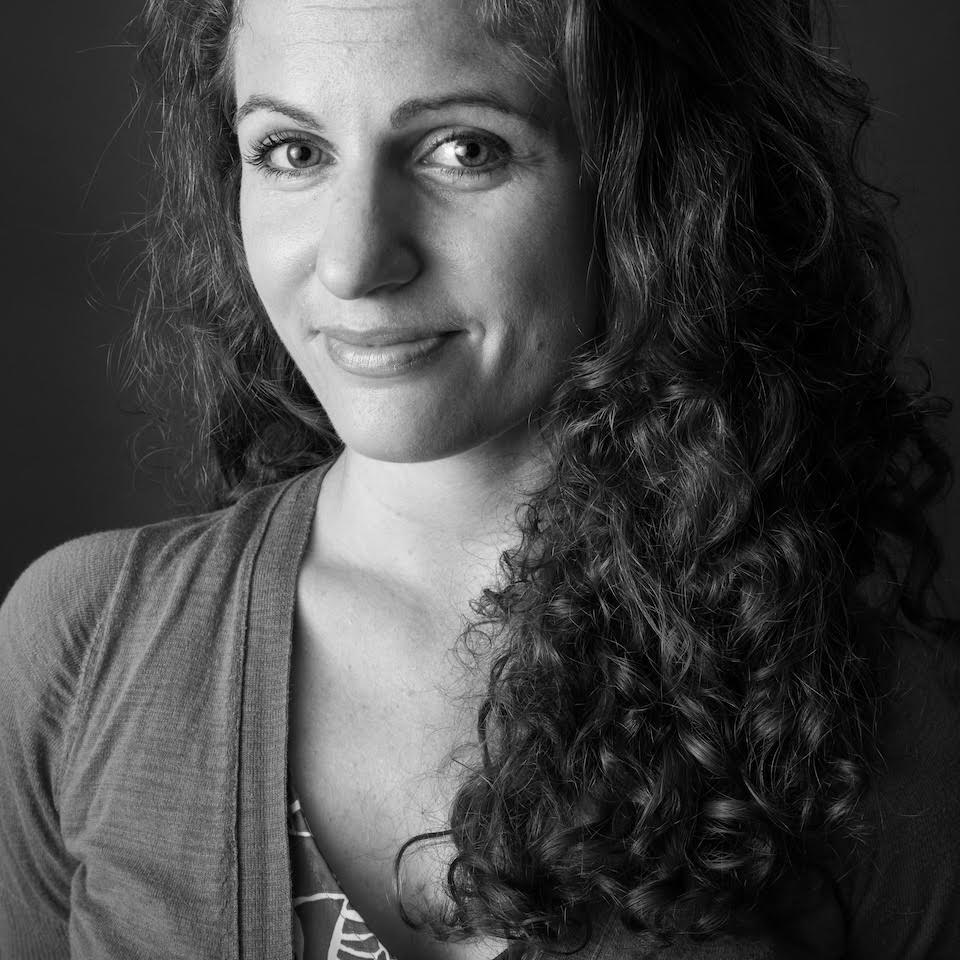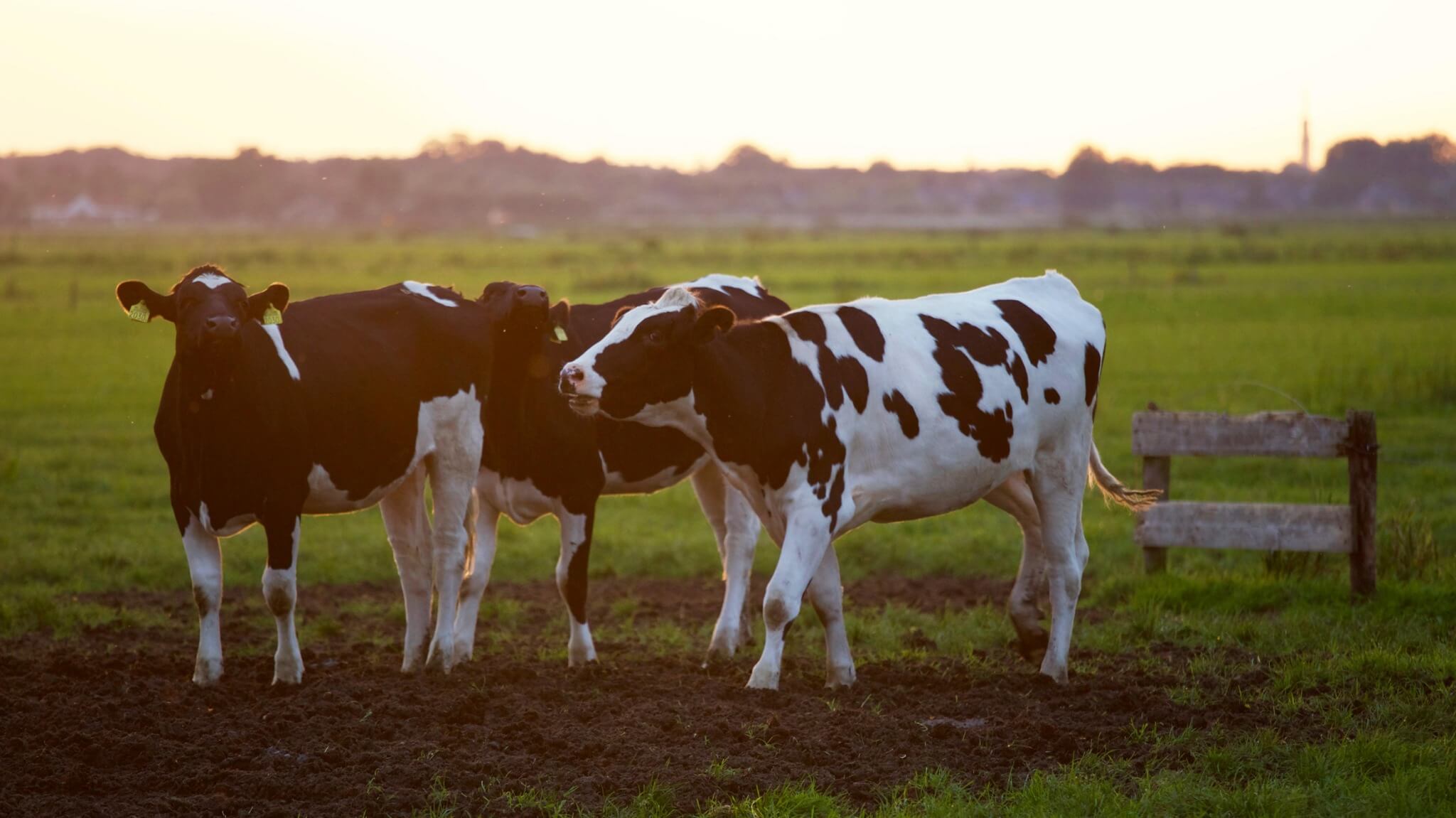You may have heard more in the past few years about people’s beef with beef production—the array of problems associated with beef, including climate warming methane emissions, are undoubtedly linked to large scale industrial agriculture. But is cattle production the issue, or is factory farming? There is a growing movement to support regenerative grazing—a traditional form of raising cattle and managing land that has fallen out of vogue in favor of raising cattle on grain in feedlots. Consumers today are more aware of farming practices and are more interested in learning where their food comes from. With this comes an interest in tackling the ethical issues that surround food production by supporting more traditional and holistic forms of raising animals for food. What role do these methods play in building better food systems? What should Jewish communities and consumers consider? The following is an interview about regenerative grazing with Devora Kimelman-Block from KOL Foods, the only 100% grass-fed kosher US beef supplier.
What is regenerative agriculture?
Regenerative agriculture incorporates animals and crop production in order to rebuild soils and improve the environment.
Healthy soil is a network of microbes, fungi, plant roots, and carbon. It is rich, black and alive. It can hold water like a sponge and mitigates flood and drought, both of which have become more frequent in recent decades. Healthy soil also slows erosion. It is full of nutrients, removing the need for much fertilizer, and it helps to grow more nutritious food.
The amount of carbon in our atmosphere is too high. It’s warming the earth and destabilizing our climate. On the flip side, the amount of carbon in our soils is dangerously low. We think of agriculture as depleting soil of its nutrients, and historically this has been the case. Our soils have lost more than half of their carbon and nutrients in the last 200 years due to poor agricultural production and management methods. But researchers and farmers are learning that we can actually use specific agricultural techniques—now referred to as regenerative agriculture—to pull carbon out of the atmosphere and bury it in the soil. Regenerative animal agriculture is done through a technique called regenerative grazing.
What does regenerative grazing beef production look like? How does it differ from conventional practices?
Regenerative farmers use managed grazing to mimic the natural movements of herding herbivores that built pasture lands. The richest soils were formed in conjunction with bison and other large animals constantly on the move in search of new food and being chased by predators.
With regenerative grazing, animals spend 100% of their lives on pasture, grazing only a portion of it while other paddocks rest and are allowed to recover. The livestock eat the plants and deposit nutrients back into the soil via their droppings, naturally fertilizing the area. Similar to how hair has a growth spurt when cut, after the animals move to a new field the pasture’s photosynthetic activity dramatically increases as the grasses regrow. That growth activity absorbs carbon from the air and sequesters it in the soil, thereby cleaning the air and reintroducing nutrients to the land.
In contrast, the focus at industrial animal farms is on gaining short-term profit with minimal concern for the environment, workers, animals or our health. Some of the issues with factory animal production include:
- Animals crammed together in confined areas without access to sunlight, fresh air, or open pasture cause widespread disease and aggressive behavior.
- Dangerous conditions for both workers and animals including exposure to toxic dust and ammonia.
- Antibiotics used to control disease in overcrowded, unhealthy conditions resulting in a loss of antibiotic efficacy.
- An 8,000 square mile dead zone in the Gulf of Mexico (where no fish can live) caused by chemicals from industrial farms washing into the Mississippi and flowing into the Gulf.
What are the implications of regenerative grazing for animal welfare and the planet?
Animals that are raised 100% outside on pasture are able to behave naturally as opposed to being a cog in a machine. They graze and move naturally, herd with other animals, vocalize and communicate, and run or walk around as they please in their search for food. Animals that are able to practice these behaviors throughout their entire lives are significantly healthier and happier than those who wind up in feedlots.
Many folks who know the issues with factory animal farming pursue “pasture-raised” or “organic” meat. We believe that these standards are just the beginning to a greater and more encompassing system that can restore animal welfare, human health and the land. Sustainable is not enough. We pursue net positive carbon sequestration—not net neutral. New peer-reviewed research from Michigan State University has found promising evidence that rotationally grazing cattle on pasture may be sequester carbon (more carbon is sequestered in the soil than is released by the cattle). We’re excited to follow the research that demonstrates that higher welfare systems may also have environmental benefits.
Overconsumption of beef is linked to different types of health problems, including high blood pressure, heart disease, cardiovascular disease, and diabetes. Does beef from regenerative systems have different health implications?
You wouldn’t expect a company that produces meat to tell you to eat less of it, but that’s what we do! We want consumers to eat less meat overall, but eat much better, healthier meat when they do. 100% grass-fed beef is high in omega-3 fatty acids and conjugated linoleic acids, or CLAs, which help reduce the risk of heart disease, cancer, obesity, diabetes, and a number of immune disorders. It actually has a nutritional profile similar to that of heart-healthy fish. Many of these health benefits disappear when cattle have “just a little” grain at the end of their lives, for even as short as 2 months. This is why KOL Foods cattle never eat corn or any other grain.
In areas where factory farms and high levels of meat consumption are prevalent (like in the US), can and should regenerative beef replace these systems?
Worldwide, we cannot continue to raise the number of animals we currently do, even if we were to replace confinement feeding systems entirely with regenerative grazing operations. It’s important to note that much of the world’s soils are too dry to support crop agriculture, and, in these areas, the only practical way to produce human-edible food without releasing large amounts of carbon to the atmosphere is to graze it with ruminants. These animals are also an important source of nutrition for subsistence farmers in areas like India, for example.
However, consumers in countries that eat animal protein in excess, like in the United States, will need to reduce their overall consumption of meat. According to Drawdown (devoted to identifying, researching and ranking the 100 most substantive solutions to address climate change), drastically reducing meat consumption combined with regenerative grazing techniques is one of the best ways forward for preserving soil health, reducing climate-warming emissions, and being able to feed 9.8 billion people by 2050.
Why aren’t there more kosher producers selling pasture-raised beef? What can Jewish communities do to help?
Corporate powers have co-opted the kosher meat industry in the same way that they have smaller family farms in the last few decades. The vast majority of kosher meat production uses the same systems as non-kosher. You wouldn’t think kosher beef producers would use feedlots in their cattle production systems because they are dirty, stressful for animals, and terrible for the environment. The sad reality is that all grain-finished kosher beef cattle—which make up virtually all of the kosher beef market—are subjected to feedlots at the end of their lives.
For farmers trying to work outside the factory farm system, the challenges are abundant. Raising animals is hard work. You’re dealing with the animals, weather, the USDA, and a host of other factors that rely very closely on each other. Farmers operate on the slimmest of margins. Throw in kosher supervision, and you have another expensive challenge. Now add the requirements for regenerative grazing, pastured poultry, and ethical handling, and you have a system that not many are interested in trying out. We do it because we believe that this is the way to feed people and protect our planet.
Jews have an obligation to take care of the Earth, and we want to make that possible in our own way. There are many ways Jewish communities can help.
- Eat less meat, but better meat when you do.
- Support businesses that consider their environmental impact and employ practices like regenerative agriculture.
- Buy 100% grass-fed meat (KOL Foods produces the only American 100% grass-fed kosher beef), 100% pastured and ideally heritage breed poultry, and certified higher welfare eggs.
- Consider the working conditions at companies that produce the foods you buy.
- Encourage your shul, grocery store, Jewish day school, JCC, or college Hillel to consider the environmental impact of their food and purchase fewer and better animal products.
- Invite speakers, including experts and producers, to address food issues in your community.
- Create institutional or community food policies that ensure an ongoing commitment to these ideals.
What do you hope to see in the kosher regenerative sector in years to come?
The definition of kosher meat is that it comes from a kosher animal that is shechted (slaughtered), kashered (a process by which blood is extracted from the meat), and passes a kosher inspection. How the farm or factory that supplies the meat treats its workers, the environment, and the animals are all non-factors, even though they are important values addressed in other Jewish laws.
And yet, the word “kosher” means “fit for consumption”—how can that concept inform what we should be eating today? Kosher meat companies need to ask themselves if it is sufficient that their products be prepared only according to the traditional guidelines or if they should have a stricter definition for what is truly fit. If eggs have no blood spots (blood spots were once only thought to mean the eggs are fertilized, a prohibition in kashrut), but the chickens who laid them were raised in an industrial hen house where they never see the light of day and their feet never touch real soil, should those eggs still be considered fit to eat?
Shouldn’t our idea of “fit” food embody the ethics around treatment of live animals or treatment of workers, or environmental degradation brought on by industrial meat production? Shouldn’t food that is an expression of holiness demonstrate a healthy relationship between humans and nature? The more kosher companies—and the kosher consuming institutions that support them—ask these questions and challenge the status quo, the more we will see a move away from factory-raised animals and towards better stewardship of the land that sustains us.
To learn more about regenerative grazing, visit KOL Foods’ website.




